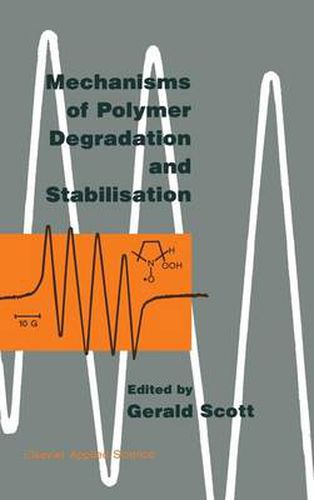Mechanisms of Polymer Degradation and Stabilisation

Mechanisms of Polymer Degradation and Stabilisation
This title is printed to order. This book may have been self-published. If so, we cannot guarantee the quality of the content. In the main most books will have gone through the editing process however some may not. We therefore suggest that you be aware of this before ordering this book. If in doubt check either the author or publisher’s details as we are unable to accept any returns unless they are faulty. Please contact us if you have any questions.
The purpose of this publication is two-fold. In the first place it is intended to review progress in the development of practical stabilising systems for a wide range of polymers and applications. A complemen tary and ultimately more important objective is to accommodate these practical developments within the framework of antioxidant theory, since there can be little question that further major advances in the practice of stabilisation technology will only be possible on a firm mechanistic foundation. With the continual increase in the number of commercial anti oxidants and stabilisers, often functioning by mechanisms not even considered ten years ago, there is a need for a general theory which will allow the potential user to predict the performance of a particular antioxidant structure under specific practical conditions. Any such predictive tool must involve a simplified kinetic approach to inhibited oxidation and, in Chapter 1, Denisov outlines a possible mechanistic approach with the potential to predict the most useful antioxidant to use and the limits of its usefulness. In Chapter 2, Schwetlick reviews the current state of knowledge on the antioxidant mechanisms of the phosphite esters with particular emphasis on their catalytic peroxidolytic activity. Dithiophosphate v vi PREFACE derivatives show a similar behaviour but for quite different reasons and, in Chapter 3, AI-Malaika reviews information available from analytical studies, particularly using 31p_NMR spectroscopy, to elucid ate the complex chemistry that leads to the formation of the antioxidant -active agents.
This item is not currently in-stock. It can be ordered online and is expected to ship in 7-14 days
Our stock data is updated periodically, and availability may change throughout the day for in-demand items. Please call the relevant shop for the most current stock information. Prices are subject to change without notice.
Sign in or become a Readings Member to add this title to a wishlist.


